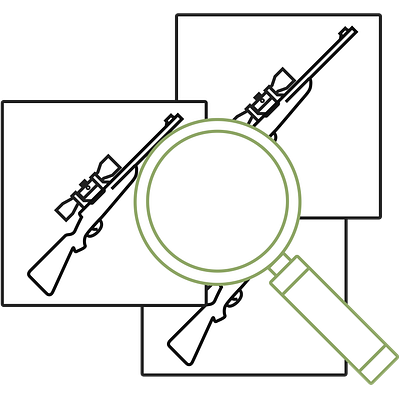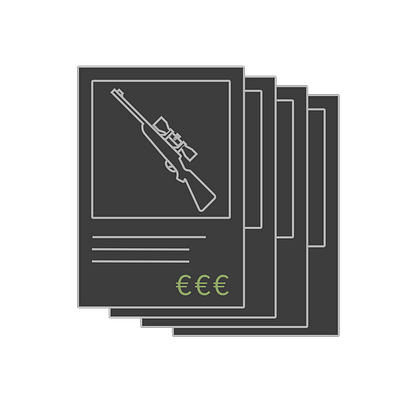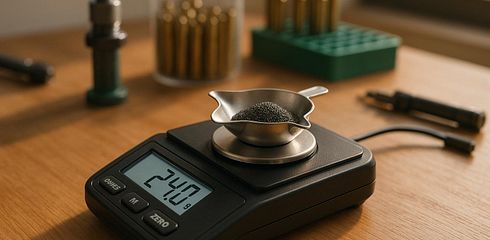Gunfinder uses
cookies and other data to provide, improve, and maintain its services. Details on how and why Gunfinder uses cookies can be found
here.
We appreciate that you take your privacy seriously and have configured your browser to not accept cookies. Gunfinder uses cookies and other data to provide certain features, such as user accounts. Therefore, we would appreciate it if you would enable cookies in your browser for Gunfinder.



















